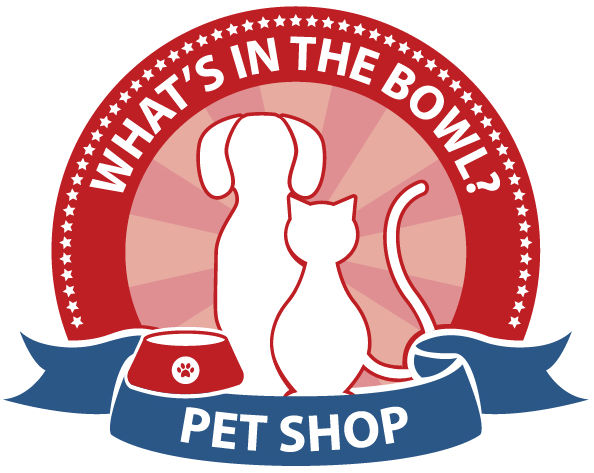Have you ever noticed how many different dog food designs there are on the market these days?
High protein. Low carbohydrate. Holistic. All-natural. Organic. Grain-free. Raw dog foods.
The list goes on and on.
After years of searching for the best food for my own dogs, I’ve finally come to the conclusion…
The “perfect” dog food has yet to be made.
Yeah. I know. So-and-so says there’s nothing better for your dog than the such-and-such diet.
And your next door neighbor’s veterinarian recommends you only feed that special dog food — one he just so happens to sell.
Yet once you eliminate all the emotion, the marketing hype and the profits, it all comes down to one critical question…
What Would the Ideal Dog Food Look Like?
When shopping for dog food, it’s a good idea to have in your mind a picture of what the ideal dog food might look like.
A model blueprint to go by.
A benchmark recipe against which all the available dog foods can be compared.
So, to help us get pointed in the right direction, let’s take a look at what would the diet of the world’s first dogs might have looked like.
From Wolf to Woof
in Just a Few Thousand Years
Today, it’s commonly believed that the dog first evolved directly from the wolf about 15,000 years ago somewhere in Central Asia1.
Of course, wolves were — and still are — meat-eating animals. Their teeth, their digestive systems and their behavior clearly confirm this fact.
From wolves, dogs have evolved over thousands of years in the constant shadow of Man — surviving on the food scraps and leftovers of human existence.
For this reason, dogs have shown they are capable of consuming a diverse diet.
Are Dogs Carnivores — or Omnivores?
To answer that question, it’s important to keep in mind all animals are either…
- Carnivores (animal eaters)
- Herbivores (plant eaters)
- Omnivores (consumers of both animals and plants)
By their ancestral pedigree alone, dogs are considered by many to be carnivores.
However, to be fair — and more accurate — dogs must also be recognized for their clearly observable omnivorous ability.
For this reason…
Although dogs have evolved as omnivores — they possess a notable and undeniable carnivorous bias
A Dog’s Ancestral Diet vs. Today’s Kibble
So, what should the nutrient content of a dog’s diet look like?
Well, let’s compare a dog’s natural ancestral diet2 with the nutrient content of a typical dry dog food3…
It looks like the pet food industry may have taken advantage of the dog’s remarkable willingness to eat just about anything.
Notice the higher carbohydrate content of the kibble compared to the dog’s natural ancestral diet.
And the dramatically lower protein and fat.
These two feeding profiles are nowhere near alike.
So, using a natural ancestral diet as a benchmark, doesn’t it make sense for a dog’s diet to be more balanced? A dietary design that includes…
- More protein
- More fat
- Fewer carbohydrates
A design many commercial dog food formulators choose to ignore.
The Bottom Line
Keeping in mind this picture of the ideal dog food, here are seven characteristics you may wish to look for when shopping for a good dog food…
- Higher in quality meat-based protein
- Higher in natural fats and oils
- Lower in carbohydrates
- Formulated from a named (non-generic) animal source
- Free of animal or vegetable by-products
- Free of artificial flavoring, coloring or preservatives
- Complete in all essential vitamins and minerals
So, why not feed your dog a diet closer to what she might naturally choose for herself. Mother Nature’s plan simply makes good sense.
Footnotes
- Lindblad-Toh K, Wade CM, Mikkelsen TS, et al, “Genome sequence, comparative analysis and haplotype structure of the domestic dog”, December 2005, Nature 438 (7069): 803–19
- Brown S., Taylor B., “See Spot Live Longer”, 2007 Creekobear Press, Eugene, OR USA, pp 51-61
- National Research Council, National Academy of Science, “Nutrient Requirements of Dogs and Cats”, 2006 Edition, National Academies Press, Washington, DC, p 317

